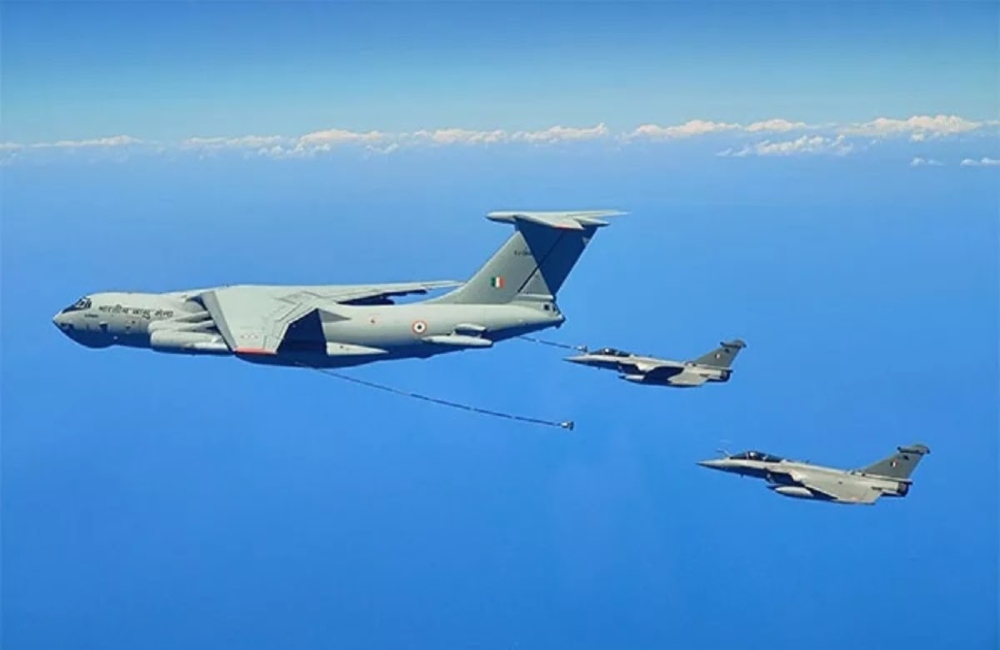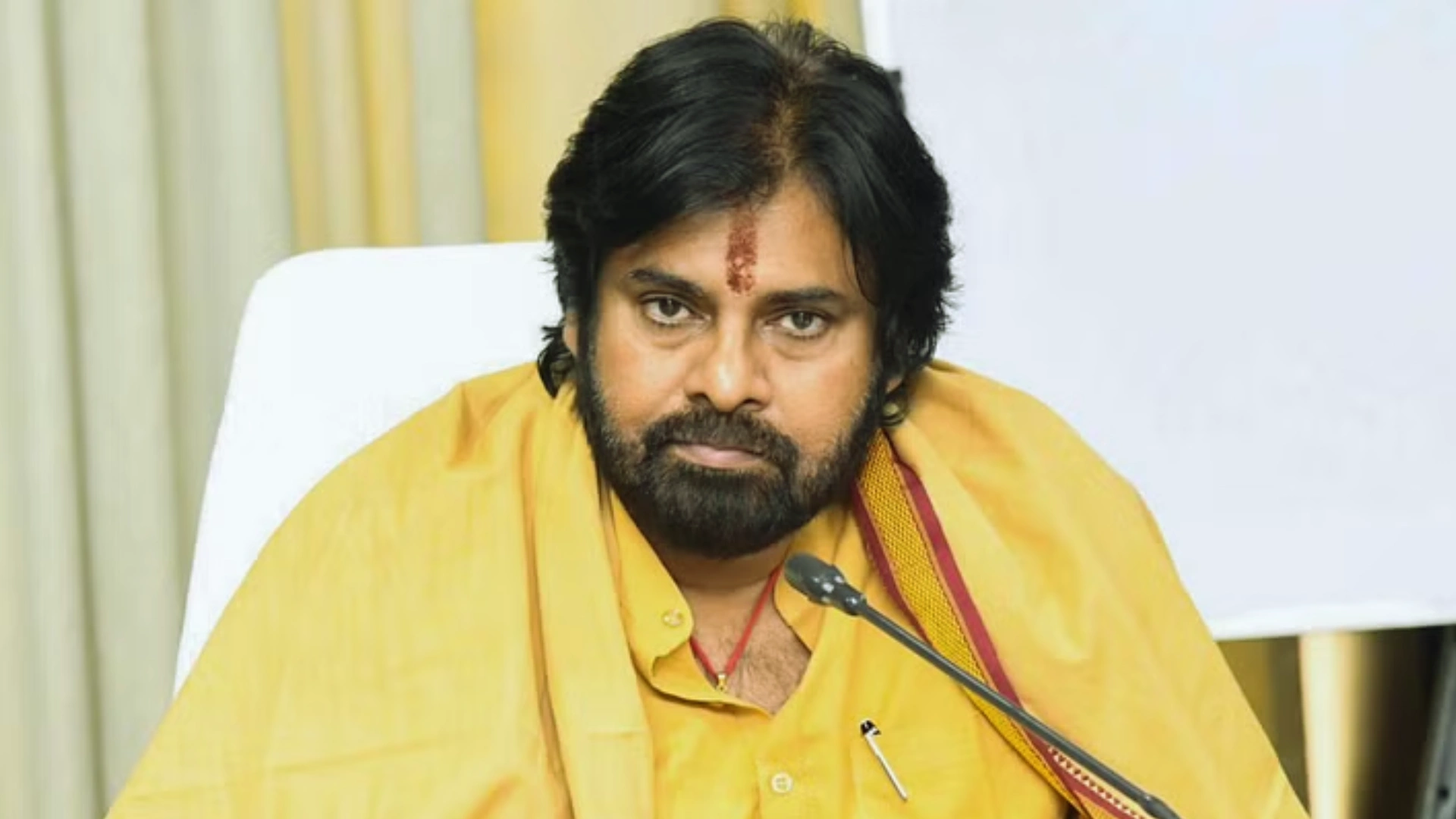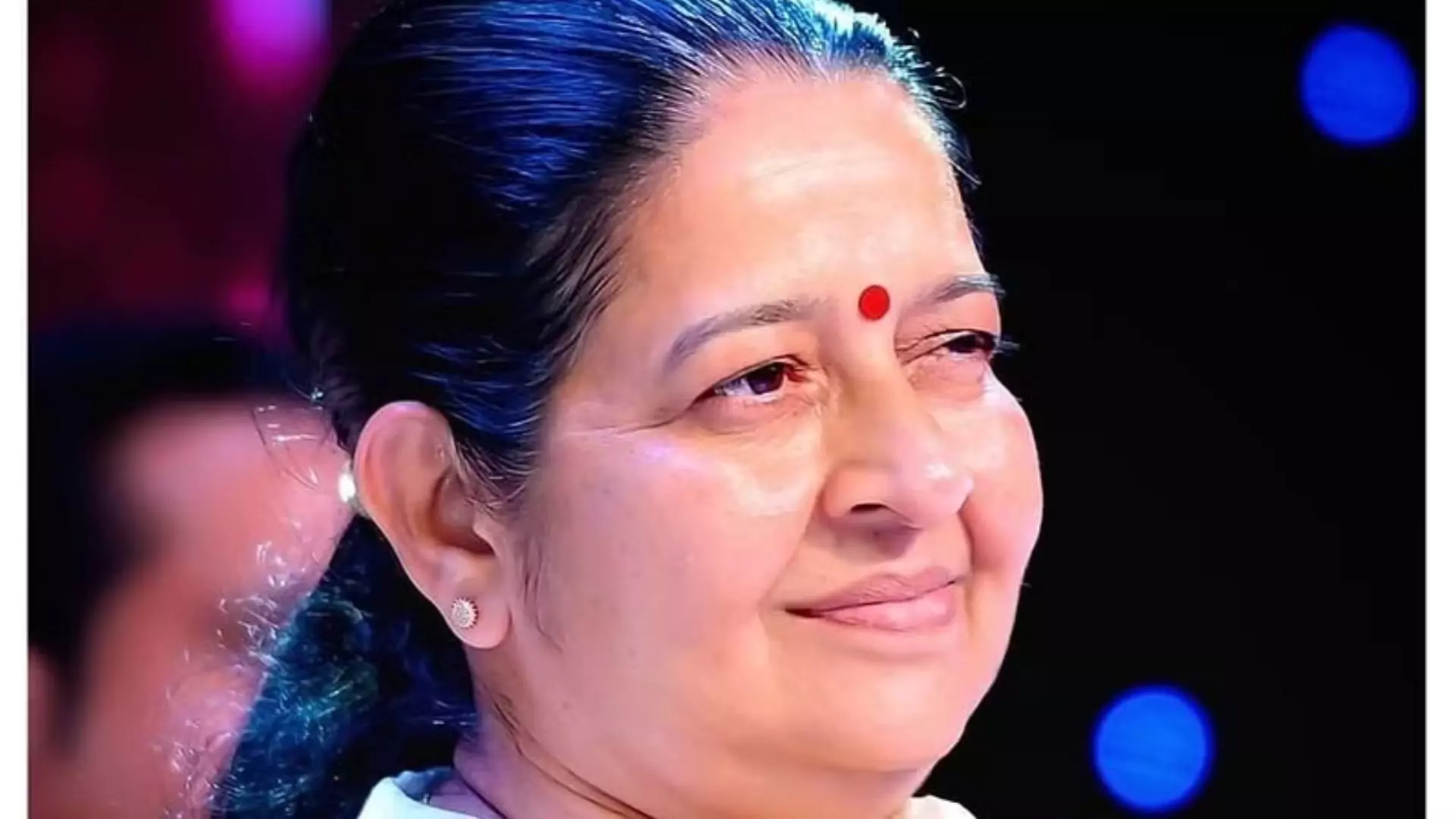In a move aimed at maximizing cost efficiency and streamlining operations, the Department of Military Affairs (DMA) is taking significant steps towards establishing a system where maintenance of common weapon systems and platforms is done jointly by various branches of the armed forces.
With the objective of creating joint fighting formations under the Theatre Commands, the DMA has already embarked on joint procurement of weapon systems, marking the first step towards a unified approach. Now, it is exploring the possibility of implementing joint maintenance practices for these crucial assets, according to defence officials as reported by ANI. Extensive discussions have been held among stakeholders from the three services and integrated defence staff to assess the feasibility and potential benefits of this initiative.
One notable area that stands to benefit from joint maintenance is the fleet of light helicopters, including models like Cheetah/Chetak, which are presently operated by all three services. By pooling resources and expertise, and streamlining maintenance efforts, significant cost savings can be achieved while maintaining the highest standards of operational readiness.
Similarly, the Dornier aircraft, in service with the Indian Air Force, Navy, and Coast Guard, offers another opportunity for joint maintenance, which could lead to not only cost savings but also improvements in serviceability. Coordinating maintenance efforts for this versatile aircraft across multiple branches would optimize resources and ensure enhanced availability for critical missions.
In a move towards increased collaboration, the relatively new fleet of Apache attack helicopters, soon to be inducted into the Indian Army, will be maintained alongside the existing fleet of the Indian Air Force. This joint approach will facilitate seamless operations, foster greater interoperability between the two services, and enhance overall mission effectiveness.
The decision of the Indian Navy to opt for the Rafale, a fighter aircraft already in service with the Indian Air Force, holds the potential for joint maintenance of the fleet. By sharing maintenance facilities, expertise, and spare parts inventory, the armed forces can significantly improve the management of their assets and optimize resources.
Furthermore, the acquisition of 31 Predator drones from the United States for all three services includes provisions for a common maintenance, repair, and overhaul facility within the country. This central facility will streamline maintenance procedures, enhance efficiency, and reduce operational downtime for these critical unmanned aerial systems.
The Defence forces have also initiated combined efforts in acquisitions and major programs, such as the procurement of light helicopters, Indian Multirole Helicopters, and Medium Altitude Long Endurance drones, all of which are planned to share common maintenance facilities. By adopting a unified approach to maintenance, the armed forces can optimize the utilization of resources and enhance their overall capabilities.
Presently, the maintenance of weapon systems acquired by the defence forces is financed through their respective revenue funds. By embracing a unified approach to platforms and maintenance facilities, substantial cost savings can be achieved, contributing to an optimized and cost-effective defence strategy.
The DMA’s efforts to encourage joint maintenance practices among the armed forces reflect a forward-thinking approach that seeks to maximize operational efficiency and financial resources. As the DMA moves towards creating joint fighting formations under the Theatre Commands, such collaborative efforts are expected to play a vital role in ensuring the nation’s defence capabilities are at their peak, while also promoting effective inter-service cooperation.
















